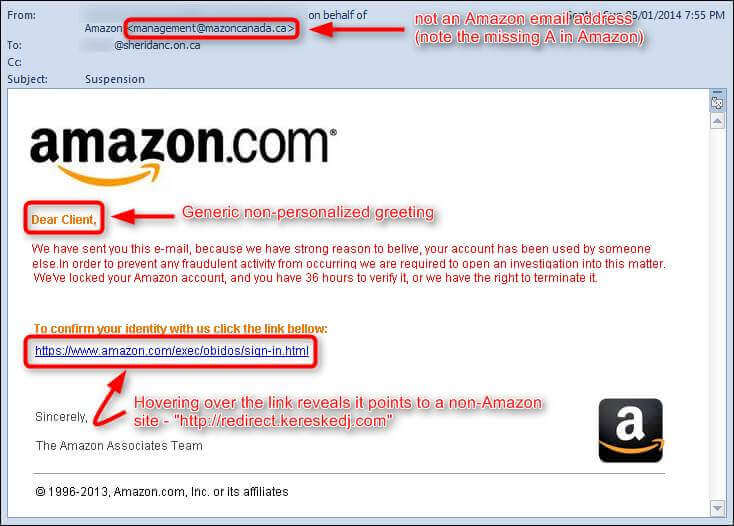Welcome to the next article in our series about scams. In this article, we will be discussing pyramid schemes. Pyramid schemes are a type of investment scam where the investor is promised high returns in exchange for recruiting new members into the scheme. In this article, we will explore how pyramid schemes work and provide examples of some of the most famous pyramid schemes in history.
What are Pyramid Schemes?
Pyramid schemes are a type of investment scam where participants are promised high returns for recruiting new members into the scheme. The new members are then encouraged to recruit additional members, and the cycle continues. The scheme is called a pyramid scheme because it is shaped like a pyramid, with the original promoter at the top and an ever-expanding base of recruits below.
How do Pyramid Schemes Work?
In a pyramid scheme, the promoter recruits investors and encourages them to invest money into the scheme. The promoter then promises the investors high returns on their investment, usually in the form of commissions for recruiting new members into the scheme. The more people an investor recruits into the scheme, the more money they can make.
The problem with pyramid schemes is that they rely on an ever-increasing number of new investors to pay out the promised returns. As the scheme grows, it becomes increasingly difficult to recruit new members, and eventually, the scheme collapses. When this happens, the vast majority of investors lose their money.
Examples of Pyramid Schemes
1. The Ponzi Scheme: Perhaps the most famous pyramid scheme in history is the Ponzi scheme. In the early 20th century, Charles Ponzi promised investors a 50% return on their investment in just 90 days. Ponzi used new investors' money to pay off earlier investors, and the scheme continued to grow until it eventually collapsed. Ponzi was eventually caught and sent to prison, but his name has become synonymous with pyramid schemes.
2. The Airplane Game: In the 1970s, a pyramid scheme called "The Airplane Game" swept through the United States. The scheme promised investors a return of $1,500 for every $1,000 they invested. The catch was that investors had to recruit two new members into the scheme, who would then recruit two more members, and so on. The scheme collapsed when there were no more new members to recruit, leaving many investors with significant losses.
3. The Matrix Scheme: The Matrix scheme is a variation of the pyramid scheme that promises investors returns on a 2x2 or 3x3 matrix. Investors are required to recruit new members to fill the matrix, and once it is filled, they receive a payout. The problem with the Matrix scheme is that it relies on a never-ending supply of new members to keep the scheme afloat, and eventually, it collapses.
How to Spot a Pyramid Scheme
1. High Returns with Little or No Risk: Pyramid schemes often promise high returns with little or no risk. If an investment opportunity sounds too good to be true, it probably is.
2. Focus on Recruiting New Members: Pyramid schemes focus on recruiting new members rather than selling a product or service. If the emphasis is on recruiting new members, it may be a pyramid scheme.
3. No Clear Product or Service: Pyramid schemes often do not have a clear product or service that they are selling. Instead, they rely on recruiting new members to generate income.
Conclusion
Pyramid schemes are a type of investment scam that promise high returns for recruiting new members into the scheme. However, they rely on an ever-increasing number of new investors to pay out the promised returns, and eventually, the scheme collapses, leaving the vast majority of investors with significant losses. If an investment opportunity sounds too good to be true, it is important to do your research and make sure it is not a









